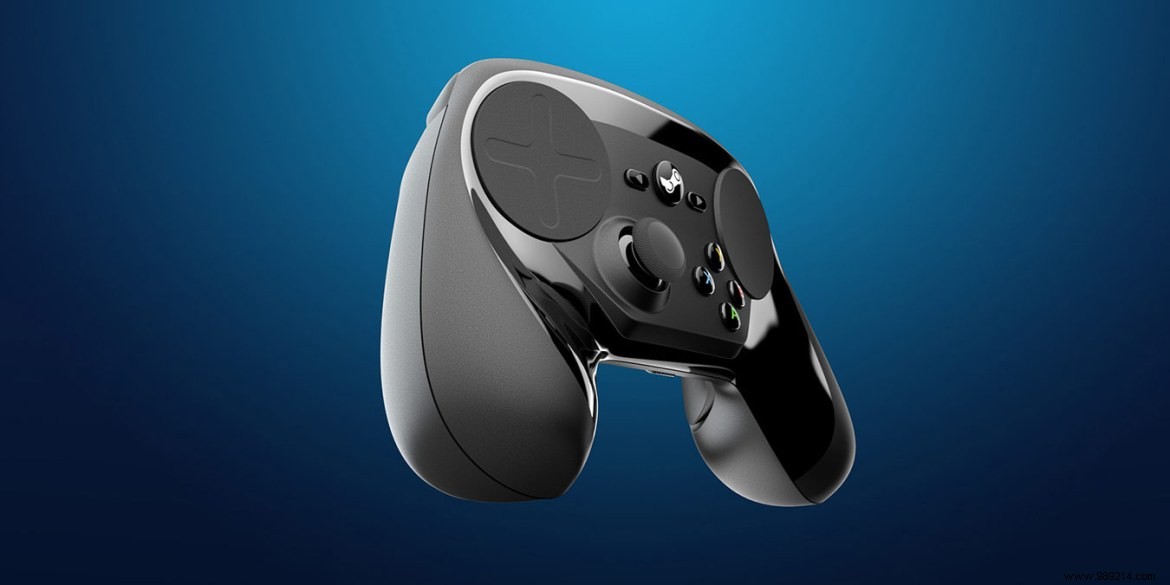With its combination of low entry cost and relative ease of use, the Raspberry Pi quickly became one of the favorite single board computers for hobbyists after its initial release. Among the only things that held it back from enjoying even wider use were the modest hardware specs.
Contents1. desktop computer2. DIY media streaming box3. Retro game machine4. Digital audio player5. Steam Link BoxThat changed with the release of the Raspberry Pi 4. This latest model is the most powerful iteration of the hardware to date, opening up whole new categories of what you can do with the app.
You can still technically run the Raspberry Pi like a desktop computer, but older iterations were pretty underpowered. With the Raspberry Pi 4, not only is the hardware faster in general, but you get a pair of micro HDMI ports capable of running two 4K displays.

Max out the RAM to 4GB, run a pair of monitors, and plug in an external drive or two, and you've got yourself a pretty capable computer. You're not going to run complex 3D modeling software, at least at super-fast speeds, but it's certainly enough to tackle normal computing tasks.
While streaming players like Amazon Fire TV and Roku are getting better all the time, you might be better off with one you build yourself. Updated hardware and 4K display make the new Pi perfectly suited for building a 4K streaming box.
Install the Linux distribution of your choice and add OSMC (Open Source Media Center) and you are good to go.
Older versions of the Raspberry Pi could play classic gaming with the help of Project RetroPie. You can still play all those old games, but with the updated hardware specs, you can use even more hardware-intensive emulators to play your old games.

People haven't figured out the limitations of the Pi 4 yet, but you can start by choosing to install emulators yourself instead of using RetroPie. You might be surprised how many older games you can run on the new hardware.
Why bother switching CDs on your stereo, or even worse, plugging in your phone? If you have a digital music collection, all you'll need is the Raspberry Pi and a USB DAC (digital-to-analog) converter, and you've got a hi-res player to power your hi-fi system.
This was possible with previous versions of Raspberry Pi, but with newer hardware the software should have an easier time decoding high bitrate files.
Valve may have ditched its standalone Steam Link device, but that doesn't mean you're out of luck playing PC games on your TV. Why move your PC to the living room when you get these games on your TV with the Pi 4 and some software.

All you need to do is install the Steam Link app from the Valve website. The Raspberry Pi team even tried it themselves and were happy with the results.
Of course, the five ideas above are just a few of the many options. If you've ever considered using the Raspberry Pi for a project but didn't feel it was powerful enough, you might want to try again. The little computer has always been powerful, and now it is even more.
That said, getting the most performance out of your Raspberry Pi can cause it to heat up. If you want to make sure it works as long as possible, check out our guide to keeping your Raspberry Pi cool.